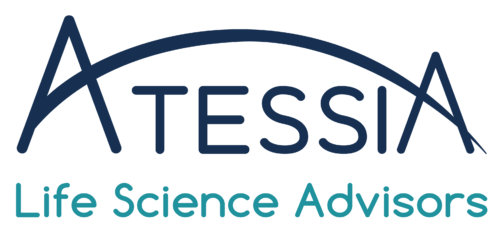What about the classification of Marketing Authorization variations?
What about the classification of Marketing Authorization variations?
When a holder wishes to register a medicine in a country, he submits a marketing authorization application (MAA) file to the health authorities.
Once marketing authorization (MA) has been obtained, this file is not intended to remain unchanged. For each change impacting the product, whether (for example) a change in manufacturing, control, therapeutic indication, packaging, the holder must submit a variation request to the health authorities.
A variation is therefore a modification of the marketing authorization.
Modifications to the terms of an European marketing authorization are provided for by Directive 2001/83/EC and Regulation (EC) No 726/2004, and detailed by Regulation (EC) No 1234/2008 of November 24, 2008 concerning the examination of modifications to the terms of an MA for medicinal products for human use and veterinary medicinal products (hereinafter referred to as the “Modifications” regulation)
This regulation has been applicable since January 1, 2010 to MAs obtained through centralized, decentralized and mutual recognition procedures, and since August 4, 2013 to MAs obtained through national procedures.
There are 3 types of variations:
– Type IA variations, also called minor. These are modifications whose repercussions on the quality, safety and efficacy of the medicinal product are considered minimal or non-existent. These modifications may be implemented by the holder without prior review by the authorities. However, not later than 12 months from the date of implementation, the holder must notify this modification simultaneously to all relevant Member States, the competent national authority or the EMA (as applicable) .
Of note, there are type IAIN variations (IN = immediate notification). They can also be implemented by the holder without prior examination by the authorities. However, notification to the competent authorities must be made within 14 days of implementation.
– Type IB variations. Also minor, they are defined as variations which are neither minor of type IA, nor major of type II, nor extensions. Within type IB variations, we also find the so-called “unforeseen” variations, which are not included in the initial regulation and which are mentioned in article 5.
– Type II variations, called major. These are modifications which are not extensions of Marketing Authorization and which may have significant consequences in terms of quality, safety and efficacy.
Modifications to the terms of a marketing authorization also include extensions of marketing authorization and urgent restriction measures for safety reasons.
Variations are categorized according to the type of change by the Guidelines relating to the characteristics of the different categories of modifications, to the conduct of the procedures provided for in Chapters II, IIa, III and IV of Commission Regulation (EC) No 1234/2008 of 24 November 2008 concerning the examination of amendments to the terms of a marketing authorization for medicinal products for human use and veterinary medicinal products and the documentation to be submitted under these procedures. There are changes classified as administrative (A), relating to quality (B), or relating to safety, efficacy or pharmacovigilance (C). Changes D concern the plasma master records and the vaccine antigen master records.
The aim is twice: correctly position each change according to its type and category. To benefit from the type indicated in the classification, you must be able to provide the required documentation and meet the conditions mentioned, otherwise the variation request is likely to be recategorized or even rejected.
Once these definitions have been established, note that MA holders have the possibility of submitting several modifications concerning one or more MAs in a single request, under the conditions determined by the regulation. It is called a grouping. It is important to mention that not all variations can be “grouped” together. A regulatory strategy must be put in place.
Finally, the worksharing or task distribution procedure is strongly recommended. It allows MA holders to submit, in a single application, the same type IB, type II modification or the same group of modifications corresponding to one of the cases referred to in Annex III of the regulation provided that it does not include a request for extension, when these elements relate to several MAs held by the same holder, whatever the type of procedure (all combinations being possible), or to several purely national MAs from the same holder in more than one Member State. It was established to avoid duplication of work to evaluate these modifications: they are examined by a single authority, called the “reference authority” and chosen from among the competent authorities of the Member States and the EMA, to on behalf of other authorities concerned.
Do not hesitate to call on ATESSIA to support you in the development of the regulatory strategy and writing your variation request files, whatever the registration procedure.
Article written by Véronique LEWIN, Senior Consultant in Pharmaceutical Affairs – CMC

